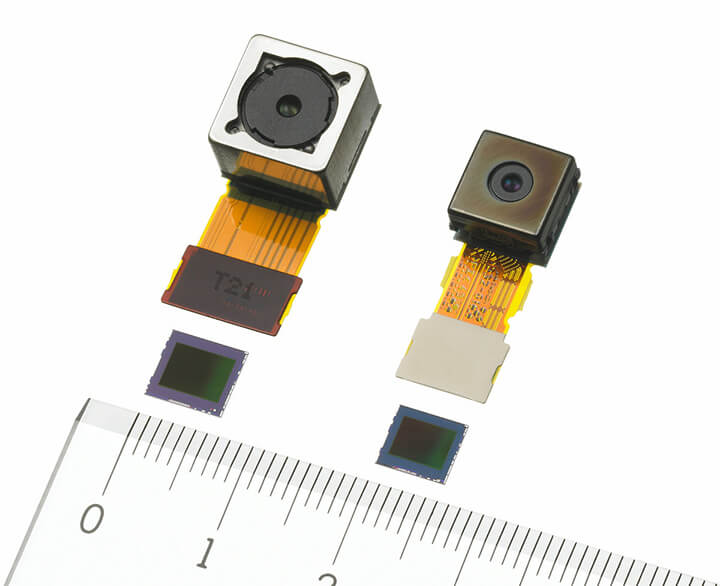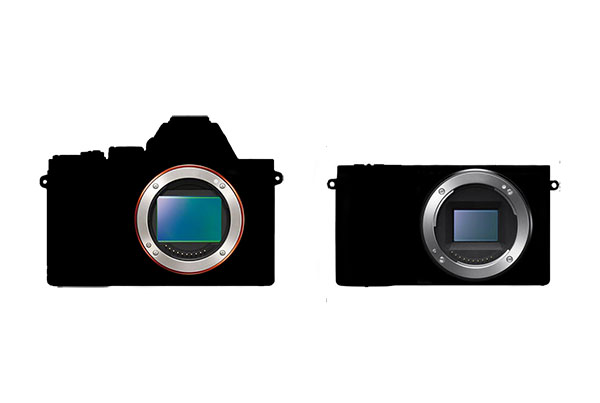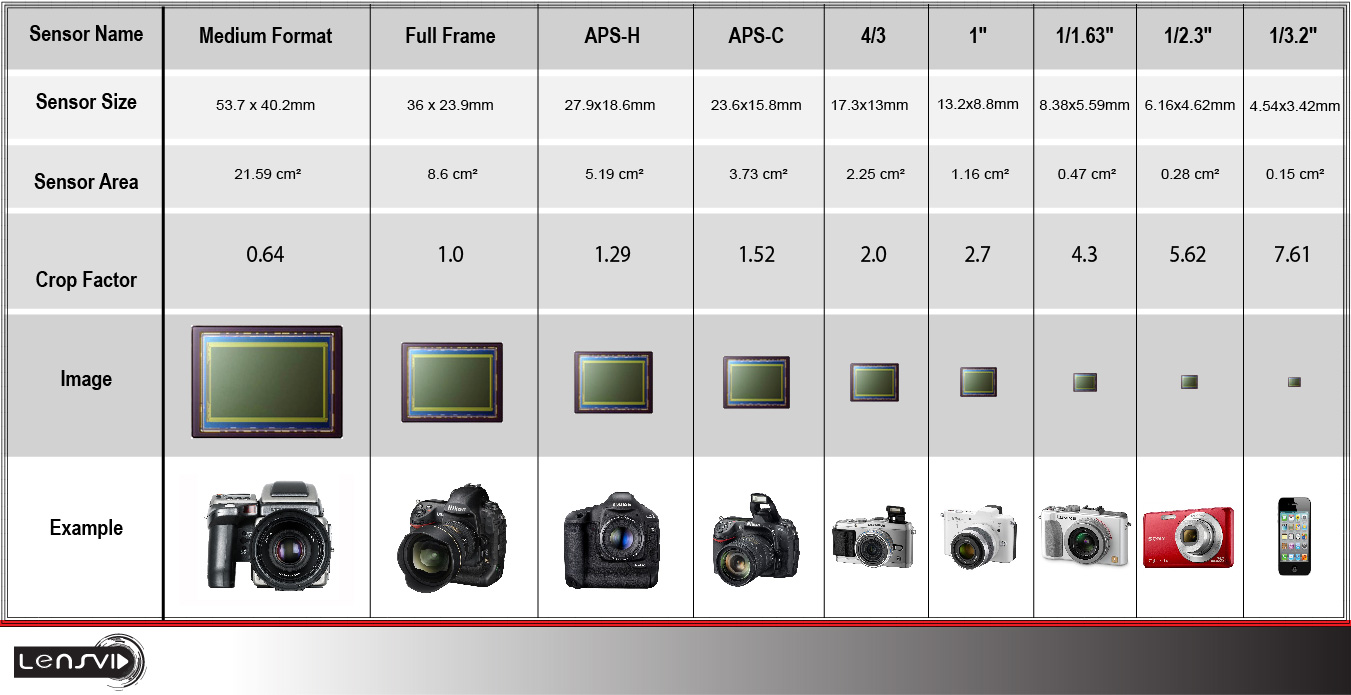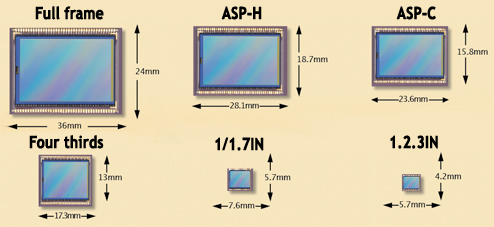Sensor Cameras
Digital camera sensors explained Every digital camera has at its heart a solid-state device which, like film, captures the light coming in through the lens to form an image. This device is called a sensor. In this article we explain the different sensor types and sizes. DXOMARK’s comprehensive camera test results database allows you to browse and select cameras for comparison, based on sensor characteristics, brand, price, launch date, resolution, sensor format and camera type. Home Products Cameras & Sensors livehelp CONTACT SALES Our cameras not only provide the level of image detail you need but are also built with the intelligence to help you make sense of what you’re seeing.
Statista reports that in the US in 2017, over 7.5 million cases of property crime were reported, with the FBI adding that in 2018, this number dropped to around 7.2 million cases. Despite the efforts of our police forces, however, and the fact that numbers have been decreasing year on year since the early 90s, larceny-theft is still a major issue, with around 72% of property crimes being larceny related.
This is why many choose to install home security cameras for added, protection, security, and as evidence to provide to the police or insurance companies should anything happen. Nowadays, motion sensor camera systems are the go-to and are pretty affordable too which is why today we wanted to guide you through choosing and installing a motion sensor camera system.

What are Motion Sensors and How do they Work?

Motion Sensors are triggered by (you guessed it) motion and can be integrated into a variety of home security systems tailored to your specific needs.

Motion-activated lighting is one of the most common to have around the home, not only for security purposes but to stop you from taking a tumble when you step out of the house in the dark. Motion sensor lighting can be especially useful if you have a large garden and live in a rural community.
Canon Crop Sensor Cameras
Just like motion sensor lighting, motion sensor camera systems are triggered in the same way and can be used as an efficient security camera system as they’re only triggered by movement, saving both energy costs and virtual storage. In some scenarios, they can even be used in conjunction with motion sensor lighting to deliver a crisp and clearer image.
Finally, one more common use for motion sensor camera systems is for perimeter fences. Designed for those who live on properties situated on a larger area of land, motion sensors around the perimeter of your property can send an alert to you in your home if they’re triggered.
As you can see, motion sensors can be used in a variety of different ways and ensure you can rest easier in a safer and more secure environment.

So, what’s the science behind them? How exactly do they work? To answer this we need to look at the different types of motion sensor cameras.
Types of Motion Sensor Camera Systems
PIR (Passive Infrared) Systems
Some motion sensor cameras are equipped with an ‘infrared eye’. Infrared is a spectrum of light not visible to the naked eye and detects the heat signatures of different objects, animals, and people.
Each motion sensor camera will be slightly different in terms of what kinds of movement might trigger the sensor, but, as a general rule, anything around 25 -35lbs minimum showing some form of movement is a good guideline.
Microwave Occupy Sensor
Some motion sensor cameras can be fitted with microwave technology too, which means that rather than using the infrared waves of light it uses microwave pulses. Microwave Occupy Sensors are said to be an active technology rather than a passive one like we see above. These sensors have a better range but tend to be less common as they’re more expensive and can suffer from electrical interference easily.
Dual Technology Sensor
Finally, you can also get dual technology motion sensors, which are a combination of the two types of motion sensor cameras we mentioned above. The system works the best when both technologies are activated which means fewer chances of false triggers occurring.
Cameras may also offer less common types of technologies such as vibration, gestures, ultrasonic waves and tomographic sensors.
Issues with Motion Detection
When motion detection systems first came out, they were a little too sensitive, meaning the slightest trigger resulted in people getting alerts over something that wasn’t really a security issue. This can still happen today with larger dogs, and, if you live in a wilderness area, large mammals. However, the systems can now easily be tailored and adjusted to different levels of sensitivity; meaning that you’re not inundated with these false alarms.
Cameras Sensor Size
Nowadays, a good smart camera will easily link up to your phone, so you can set it up and give it a trial run so the sensitivity is set to your liking. You can also quickly check the camera should an alert be triggered and can do it from wherever you are.
Another common yet easily resolved issue is not receiving alerts. If you’re away from home or on the other side of your property, you could be unaware that there’s a security risk. The workarounds for this are actually pretty easy and in most cases, it’s down to a technical glitch.
Either the alerts can accidentally turn themselves off or your emails/notifications could be sent to an incorrect email or going to the spam folder. Another, sometimes common reason behind not receiving alerts is that the email address associated with the account may not have been confirmed/verified for security purposes, and this means alerts don’t come through.
If you’re experiencing issues with alerts and have tried the above workarounds, reaching out to the manufacturer would be the next port of call.
How to Choose the Right Motion Sensor Camera
As you can see, there are endless options for motion sensor camera systems, so how do you pick the correct one? It’s all down to each camera’s individual features and how they’ll suit you best. Let’s take a look at some important features to consider.
Range: When installing cameras on the exterior of the property, you want to ensure that they have a good range. In this kind of scenario, investing in a dual system that has the properties of infrared detection with the long-range capabilities of microwave sensors could be a great choice.
Mounts: Does the camera come with mounts? If so, what kind are they? Will they easily fit onto an exterior wall? These are all questions you should ask yourself when looking at potential models.
Sensor Technology: By understanding the different types of motion detector technologies we listed above, you can make a more informed decision about which will be best for your home.
Ease of Installation: No one wants to spend hours installing a system, or go to the effort of paying for someone to come install it, which is why you should always choose something that’s easy to install. Get recommendations from friends and even ask the people working in the store for their opinion. When in doubt, Google it. There is a wealth of reviews on the web and they’re sure to mention the installation procedure. Amazon is a great starting point as you can now filter reviews by keywords.
Installing Your Motion Sensor Camera System
Though the camera system itself may seem like a complicated piece of equipment, the installation of it doesn’t have to be quite as complicated, though positioning it can take a little time.
Positioning can be a little bit of intricacy, you want it to be positioned high enough to capture as much as possible. A higher positioned camera increases the FOV and will trigger the camera as someone approaches it, not when they’re right underneath it. Setting your camera at height above reach also helps to avoid any potential tampering. Don’t place it too high though, as it could affect the quality of the image captured by the camera – you want to be able to make out the person approaching your property. If you have no other choice, then you should consider a 4K security camera for the best possible detail.
You should ensure that key access points to your property are covered such as the driveway (especially if you own vehicles), the front door and the back door.
The video below gives you an idea of how easily a motion sensor camera is installed, though the video is specifically tailored to a model from Honeywell Home. Most motion camera sensors are set up in a similar way, and if you’re ever in doubt, you can always refer to the owners manual for additional help.
Aps-c Sensor Cameras
Final Thoughts
Sensor Cameras For Home
Motion sensor camera systems can be a great addition to a safe and secure home. It’s important to asses what you’re trying to achieve from your IP camera system and what different models can provide you with before you head out to make a purchase. If you’re well informed about what your house will need, then you can decide whether you want a PIR, dual system, a microwave pulse-type sensor, or something completely different.

